How To Make Wine
Early in time, humans discovered how to make wine. Someone left grape juice out in a container too long. It fermented. The result was wine. (Lucky for us!!)
Over time, people began to cultivate vine grapes. This occurred *most likely* in Asia Minor as early as 7,000 BCE!
The Sumerians, Egyptians, Greeks and Phoenicians all contributed to the development and expansion of wine growing and producing.
The Romans further developed such aspects as pruning, fertilization and acid reduction.
They also helped to spread the skill of how to make wine throughout the Roman Empire.
To them also goes the dubious title of first "wine writer."
This was Pliny the Elder (what a name...)
He wrote on the various grapes, classifying them for future generations.
Since then, the spread of vine cultivation and the making of wine have spread unto the New World.
New technology has helped in the growing and production of different products.
The art of blending grapes and wines appeared under the guidance of Dom Perignon (1637-1715), a Benedictine monk.
Since then, sparkling wines and sweet wines also have been incorporated into the different styles of wine.
Yet, overall, the actual process of making wine has not altered that much in all these thousands of years...pretty amazing!
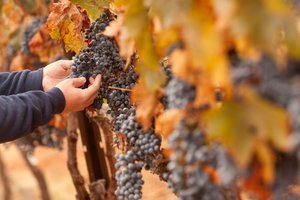
Yield And Harvesting
In the early process of planning wine production, two factors are important:
- How much to harvest (yield),
- When to harvest
The current trend is for lower yields, which ensure the quality of the grapes are high, but also increases the overall price.
Labor costs also increase, as workers must go through the fields removing the green grapes (green harvesting).
Harvesting usually occurs when the optimum acid/sugar balance characterizes the grapes.
This, in turn, depends upon the style of wine desired by the wine producer. It also depends on the grape varietal being produced, the season's weather, and other factors.
In The Winery
Inside the actual winery, grapes undergo several steps before they become wine. The process begins with a crusher that takes the grapes and produces a pulp or "must." Once done by hand, the process is now mechanized. Machines replace feet.
From here, the must is pumped into a wine press for white wine or into a tank for red wine. The wine press proceeds to squeeze all the juices from the must. The juice is then ready for fermentation. This occurs in either a vat or a vessel. White wine is placed in a stainless steel tank but red wine may end up in an oak barrel.
When fermentation ends, the wine is "racked." This can last any amount of time. It depends upon the grape and the desired process. Aging or maturing wine takes longer. While clarifying agents can speed up the process, these may also strip the wine of all quality.
Once ready for retail, the wine is either blended or bottled immediately. A computer-controlled system can bottle the wine. Alternatively, workers fill and seal bottles manually. The wine then appears on shelves in the winery or local shops. Wine is also sent elsewhere including abroad.
Trucking into the winery our 2012 fall harvest...
From Grapes To The Bottle
Wine making is a long and time-honored craft.
Since the first people discovered how to make wine, the journey towards perfection has been a long and arduous learning process.
Yet, even after centuries, the essentials of wine making remain the same.
New processes may arise, but wine makers often stick to what they know is true.
They know what to do to make the perfect wine for your table time-after-time...
* * * * * * *
| New Jersey Wineries › How To Make Wine |
Have A Great Story About This Topic?
Do you have a great story about this? You can share it here without needing a Facebook account! You can even upload pictures!
What's New?
-
Dr
Dec 04, 14 04:30 PM
When France lost Algeria in 1960, a great worry of winemakers wad what are we going to do now? French wines from many regions WERE B,ENDED WITH MUCH STRONGER -
How to make port wine - and history!
Dec 04, 14 03:26 PM
How to make port wine - delicious, heart-warming, the perfect gift -
Wine accessory shopping for the holidays
Nov 01, 14 04:25 PM
Wine accessory shopping for the holidays
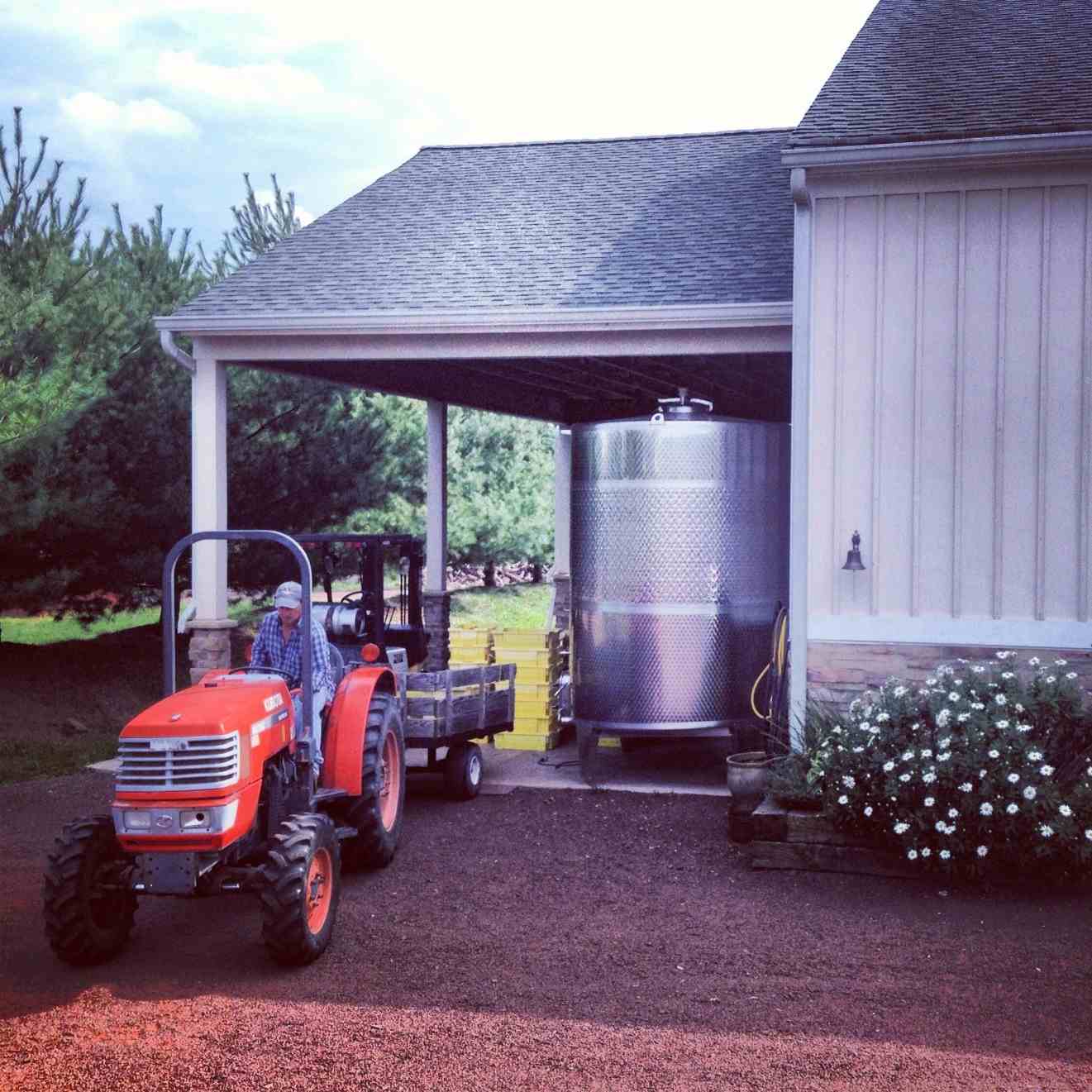









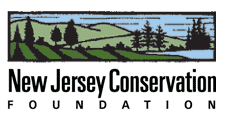
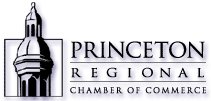









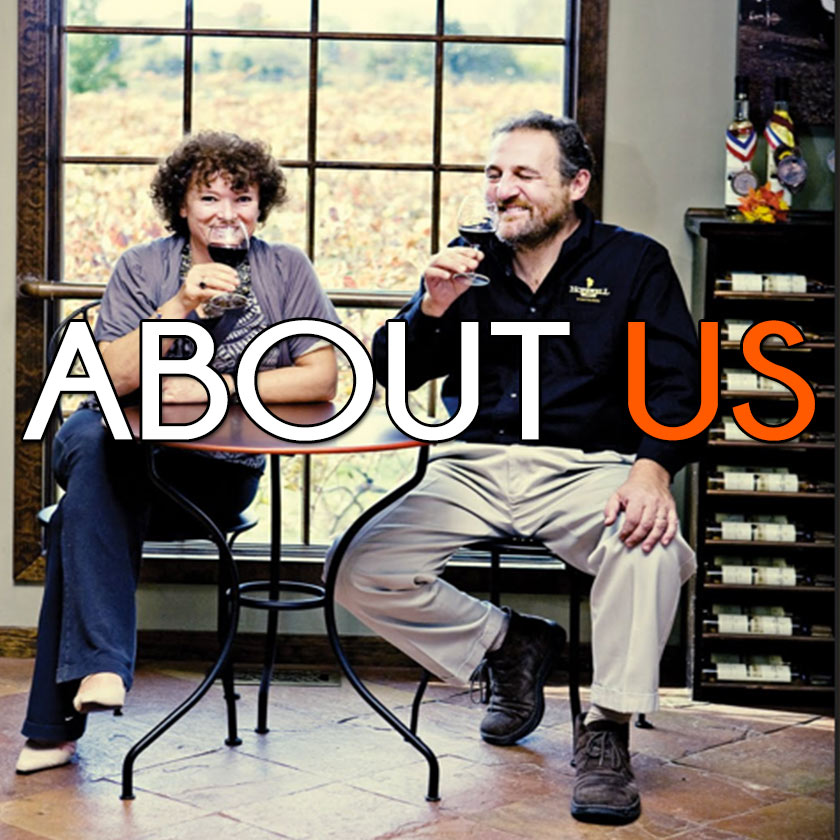

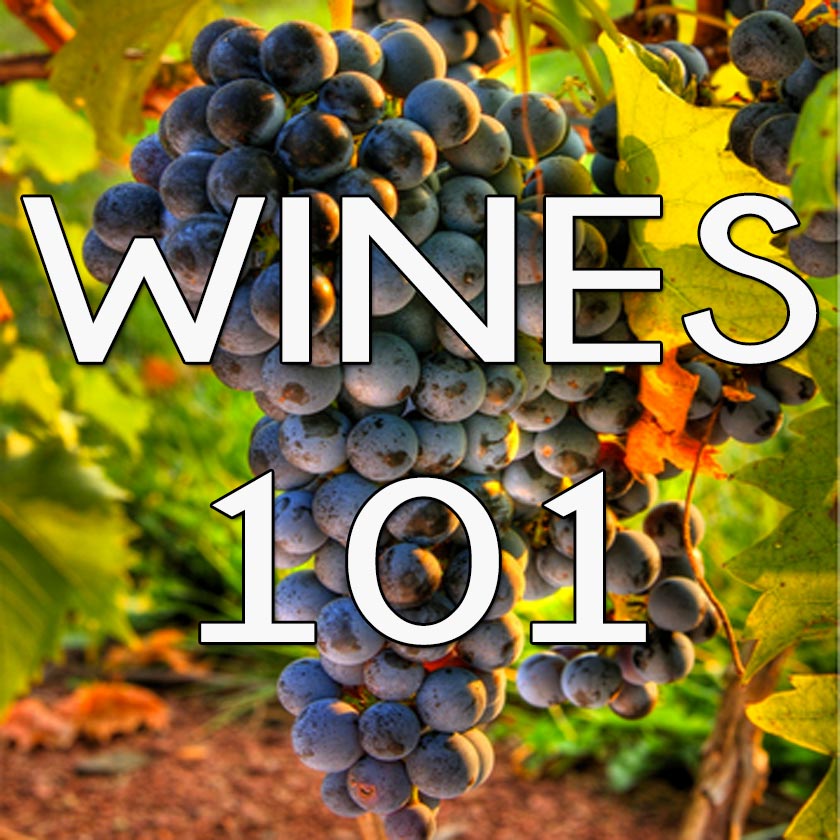






New! Comments
Have your say about what you just read! Leave me a comment in the box below.